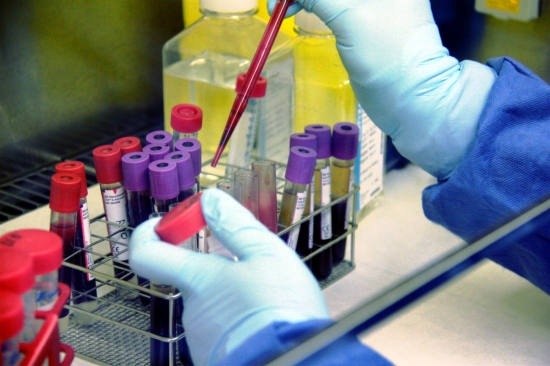Catalan research group maps leukemia genome for first time
Researchers in Barcelona hope breakthrough will lead to development of new cancer therapies

A Catalan research group has for the first time mapped the complete epigenome of chronic lymphocytic leukemia, the most common type of leukemia. Scientists from Idibaps, the August Pi i Sunyer biomedical research institute in Barcelona, published their study on Monday in the journal 'Nature Medicine'. The study, the most detailed of its kind so far, provides an exhaustive description of the blood cancer at a molecular level. The researchers hope their work will help scientists to better understand how the disease functions, and will lead to the development of new cancer therapies.
A few years ago, the same group of scientists published a study on the genome’s sequencing, but they have now managed to map the entire leukemia genome in much greater detail. Iñaki Martin-Subero, the study’s coordinator, said that "like with a geography map, which shows urban centres, mountains or rivers, for the first time we have managed to map all the functions of the leukemia genome, defining active and inactive genes, regions without genes but that control their expression, or large inactive areas of the genome." In all, the study has identified that the genome map contains up to 12 different functions.
The researchers also compared leukemia cells with healthy cells. Researcher Renée Beekman says that the group observed how the map of this type of cancer changes when compared with the map of healthy cells, and how the leukemia cells are capable of creating a very efficient molecular infrastructure that grows out of control. "Metaphorically, where before there was only desert, the cancer cells create industrial centres," she says. Martín-Subero adds that the group discovered that only three families of proteins cause this change, an “important” part of the work, as these proteins “can be inhibited” with drugs.